-
 Bitcoin
Bitcoin $117900
-1.56% -
 Ethereum
Ethereum $3572
-3.55% -
 XRP
XRP $3.110
-12.32% -
 Tether USDt
Tether USDt $1.000
0.00% -
 BNB
BNB $759.5
-2.41% -
 Solana
Solana $185.7
-7.50% -
 USDC
USDC $0.9999
0.00% -
 Dogecoin
Dogecoin $0.2362
-10.19% -
 TRON
TRON $0.3068
-2.19% -
 Cardano
Cardano $0.8019
-9.97% -
 Hyperliquid
Hyperliquid $42.98
-3.85% -
 Stellar
Stellar $0.4152
-11.84% -
 Sui
Sui $3.625
-8.72% -
 Chainlink
Chainlink $17.73
-8.16% -
 Hedera
Hedera $0.2423
-10.80% -
 Bitcoin Cash
Bitcoin Cash $503.8
-2.56% -
 Avalanche
Avalanche $23.44
-6.92% -
 Litecoin
Litecoin $110.1
-5.41% -
 UNUS SED LEO
UNUS SED LEO $8.962
-0.05% -
 Shiba Inu
Shiba Inu $0.00001360
-10.48% -
 Toncoin
Toncoin $3.118
-8.11% -
 Ethena USDe
Ethena USDe $1.001
-0.02% -
 Polkadot
Polkadot $4.061
-8.21% -
 Uniswap
Uniswap $9.902
-6.23% -
 Monero
Monero $313.2
-2.04% -
 Bitget Token
Bitget Token $4.650
-3.37% -
 Dai
Dai $0.0000
0.02% -
 Pepe
Pepe $0.00001246
-9.74% -
 Aave
Aave $286.4
-5.91% -
 Bittensor
Bittensor $416.2
-5.65%
Is the sharp pull at the end of the trading day a trap to lure more investors? How to deal with the opening of the next day?
A sharp pull at the end of a trading day often signals manipulation or algorithmic activity, requiring traders to stay vigilant and avoid impulsive decisions.
Jun 29, 2025 at 09:43 am
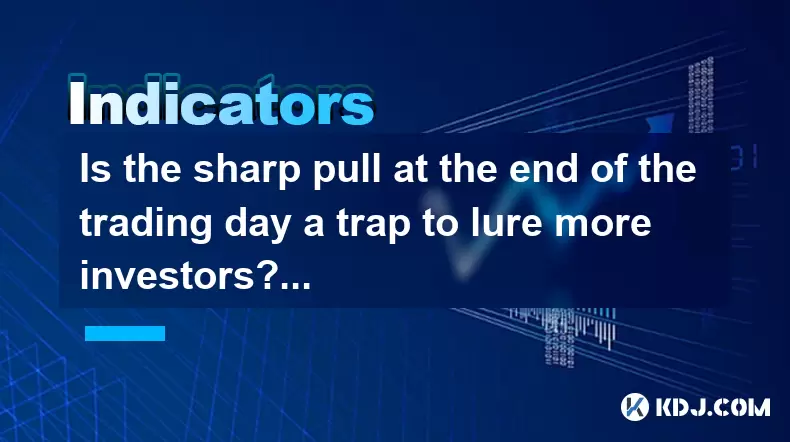
Understanding the Sharp Pull at the End of the Trading Day
In cryptocurrency markets, a sharp pull at the end of the trading day is not uncommon. This phenomenon often occurs when large volumes of trades are executed in the final minutes or seconds of a trading session, leading to sudden price movements. The question arises: is this a trap designed to lure more investors into the market? To answer this, we must examine the mechanics behind such moves and the possible intentions of institutional players.
Market manipulation tactics like wash trading or spoofing can contribute to these sudden shifts, especially on less liquid exchanges. In some cases, whales (large holders) might place massive orders near the close to influence the closing price, which can affect sentiment and trigger automated trading systems that rely on daily data.
Why Do Sharp Pulls Happen?
Several factors can lead to sharp price movements at the end of a trading day:
- Option Expirations: On platforms offering futures contracts, the expiration of options can cause volatility as positions are squared off.
- Portfolio Rebalancing: Institutional investors may adjust their holdings at the end of the day, affecting prices.
- Algorithmic Trading: Automated systems may execute trades based on predefined strategies, especially around key timeframes.
- News Events: Breaking news just before market close can trigger immediate reactions from traders.
These elements collectively create an environment where rapid price swings become more likely.
Recognizing Potential Traps
While not every sharp pull is a deliberate trap, certain patterns suggest manipulative behavior:
- Unusual Volume Spikes: A sudden surge in volume without apparent fundamental reason could indicate orchestrated movement.
- Price Disconnection from Broader Market Trends: If the asset sharply diverges from its usual correlation with Bitcoin or Ethereum, it may be manipulated.
- Large Orders Cancelled Immediately: Watching order books, if massive buy or sell walls appear and then disappear, it's a sign of spoofing.
Traders should monitor order book depth and trade history to detect suspicious activity.
How to Approach the Next Day’s Opening
The next day’s opening can be volatile following a sharp pull. Here’s how traders can prepare:
- Avoid Immediate Entry: Entering a position right at the open can expose traders to false breakouts or fakeouts.
- Use Limit Orders Instead of Market Orders: This prevents slippage and allows for better control over entry points.
- Check Overnight Futures Movement: For assets tied to derivatives, the 24/7 futures market can provide clues about overnight sentiment.
- Set Alerts Based on Technical Levels: Monitoring key support and resistance levels can help identify genuine trend continuation or reversal signals.
Patience and analysis are crucial to avoid falling into traps laid during the previous session.
Practical Steps to Handle Post-Pull Volatility
If you’re holding a position affected by a sharp pull, here’s what you can do:
- Reassess Your Trade Setup: Evaluate whether your original thesis still holds true after the move.
- Adjust Stop-Loss and Take-Profit Levels: With new price dynamics, your original risk-reward ratio may no longer apply.
- Observe Candlestick Patterns: Look for rejection candles or engulfing patterns that may signal strength or weakness.
- Wait for Confirmation Candles: Allow the market to show direction with strong volume-backed candles before making decisions.
- Avoid Emotional Decisions: Fear or greed triggered by sudden moves can lead to impulsive actions that harm long-term strategy.
Each step requires discipline and emotional control to navigate effectively.
Risk Management After Sudden Price Moves
Risk management becomes even more critical after unexpected price action:
- Reduce Position Size Temporarily: Lowering exposure can protect capital while uncertainty remains.
- Diversify Across Timeframes: Watching both short and long-term charts helps filter noise from actual trends.
- Utilize Hedging Techniques: Where available, hedging with inverse futures or stablecoins can mitigate downside risks.
- Review Order Execution Types: Using post-only or hidden orders can prevent being front-run by bots or whales.
Effective risk mitigation can mean the difference between survival and significant losses.
Frequently Asked Questions
1. Can I use stop-limit orders to protect myself after a sharp pull?
Yes, stop-limit orders allow you to define both the trigger price and execution price, helping avoid slippage during volatile opens. However, there's a risk your order may not get filled if the price gaps beyond your limit.
2. Should I close my position automatically after a sharp pullback?
Not necessarily. It depends on your initial strategy and whether the fundamentals or technicals have changed. Closing blindly can sometimes lock in losses unnecessarily.
3. Are sharp pulls more common on specific exchanges?
They tend to occur more frequently on smaller exchanges with lower liquidity and weaker regulatory oversight. Larger, more transparent platforms typically exhibit fewer artificial spikes.
4. How can I differentiate between a real breakout and a trap?
Look for volume confirmation, alignment with broader market sentiment, and follow-through in the subsequent candles. Real breakouts usually maintain momentum with consistent volume and participation.
Disclaimer:info@kdj.com
The information provided is not trading advice. kdj.com does not assume any responsibility for any investments made based on the information provided in this article. Cryptocurrencies are highly volatile and it is highly recommended that you invest with caution after thorough research!
If you believe that the content used on this website infringes your copyright, please contact us immediately (info@kdj.com) and we will delete it promptly.
- Dogecoin's Resistance Retest: Parabolic Move on the Horizon?
- 2025-07-24 04:50:13
- BlockDAG, Dogecoin, and the $350M Presale Frenzy: What's Hot Now?
- 2025-07-24 04:50:13
- Crypto for the Clueless: Understanding Digital Assets for Non-Investors
- 2025-07-24 04:30:12
- Ethereum Meme Coin Presales: Pepeto & LilPepe Lead the Charge!
- 2025-07-24 04:35:12
- Chainlink (LINK) Price Breakout: Bullish Signals and Tokenization Trends
- 2025-07-24 02:50:12
- Chasing 1000x Gains: Your Summer Crypto Investment Guide
- 2025-07-24 02:50:12
Related knowledge
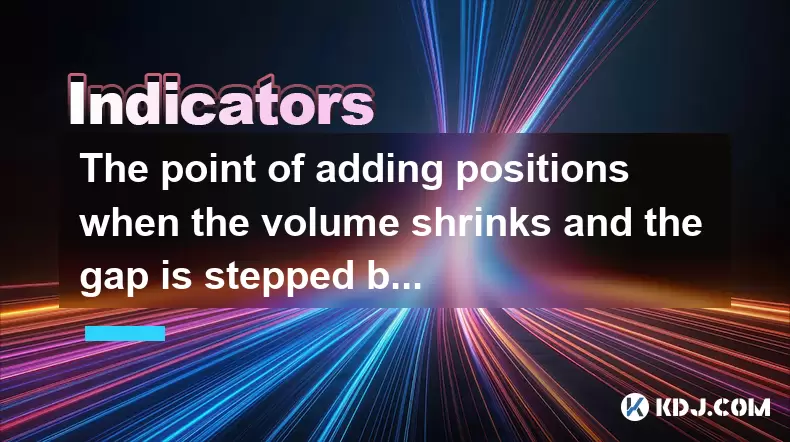
The point of adding positions when the volume shrinks and the gap is stepped back after the gap is jumped
Jul 24,2025 at 04:56am
Understanding the Gap Jump Phenomenon in Cryptocurrency TradingIn cryptocurrency trading, a gap jump occurs when the price of a digital asset opens si...
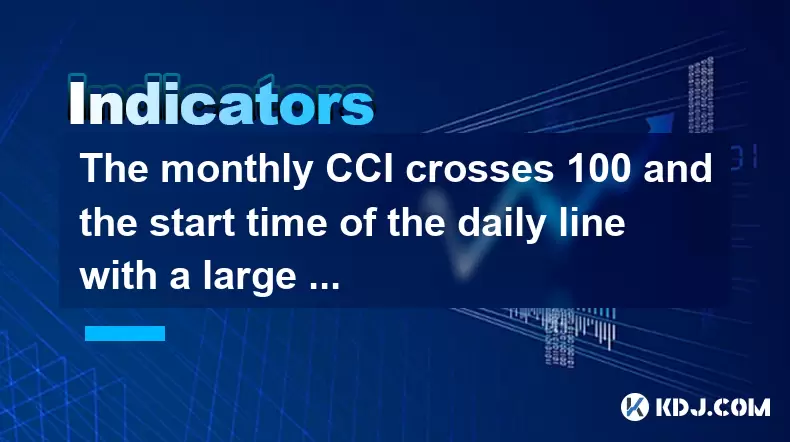
The monthly CCI crosses 100 and the start time of the daily line with a large volume positive line
Jul 24,2025 at 03:56am
Understanding the Monthly CCI Indicator and Its Significance at 100The Commodity Channel Index (CCI) is a momentum-based oscillator used to identify o...
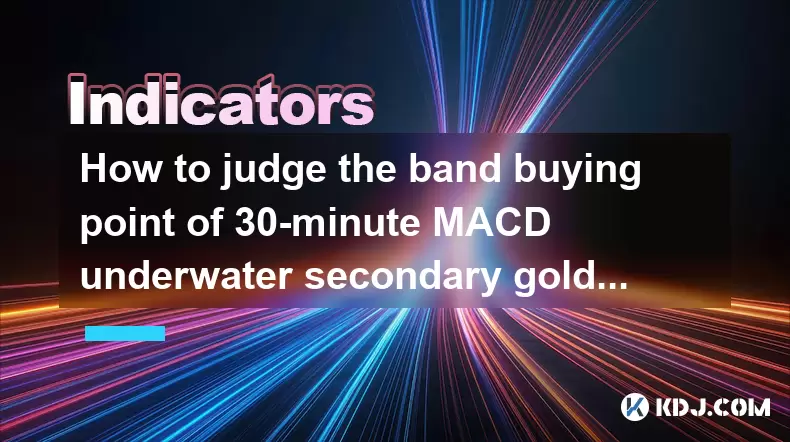
How to judge the band buying point of 30-minute MACD underwater secondary golden cross + 1-hour Yang line reverse?
Jul 24,2025 at 03:22am
Understanding the 30-Minute MACD Underwater Secondary Golden CrossThe 30-minute MACD underwater secondary golden cross is a technical signal used by t...
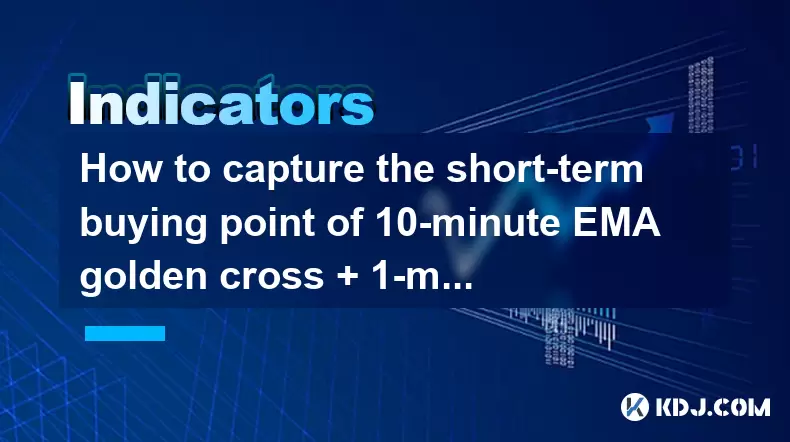
How to capture the short-term buying point of 10-minute EMA golden cross + 1-minute VOL double volume?
Jul 24,2025 at 03:28am
Understanding the Basics of Staking in CryptocurrencyStaking is a fundamental process in many blockchain networks that operate under the Proof-of-Stak...
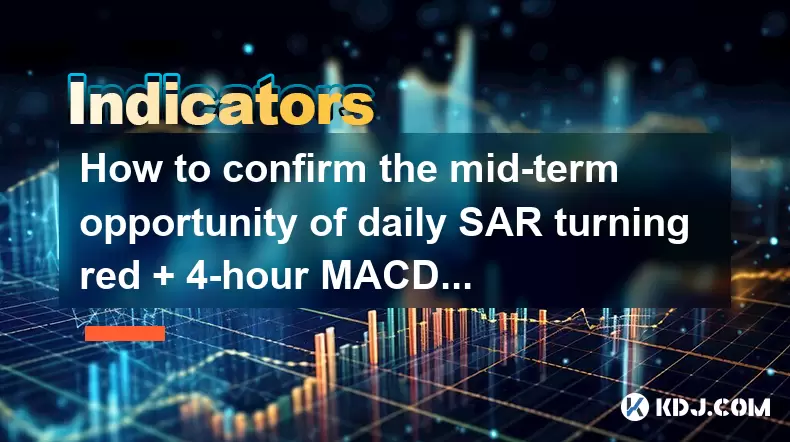
How to confirm the mid-term opportunity of daily SAR turning red + 4-hour MACD water double golden cross?
Jul 24,2025 at 02:56am
Understanding the SAR Indicator and Its Signal When Turning RedThe Parabolic SAR (Stop and Reverse) is a technical analysis tool used to identify pote...
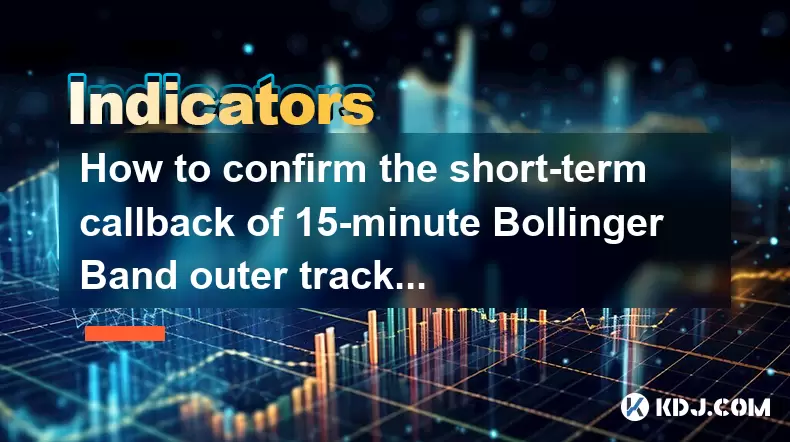
How to confirm the short-term callback of 15-minute Bollinger Band outer track return + 5-minute KDJ dead cross?
Jul 24,2025 at 03:35am
Understanding the Bollinger Bands and KDJ Indicator CombinationThe Bollinger Bands and KDJ indicators are two widely used tools in technical analysis ...

The point of adding positions when the volume shrinks and the gap is stepped back after the gap is jumped
Jul 24,2025 at 04:56am
Understanding the Gap Jump Phenomenon in Cryptocurrency TradingIn cryptocurrency trading, a gap jump occurs when the price of a digital asset opens si...

The monthly CCI crosses 100 and the start time of the daily line with a large volume positive line
Jul 24,2025 at 03:56am
Understanding the Monthly CCI Indicator and Its Significance at 100The Commodity Channel Index (CCI) is a momentum-based oscillator used to identify o...

How to judge the band buying point of 30-minute MACD underwater secondary golden cross + 1-hour Yang line reverse?
Jul 24,2025 at 03:22am
Understanding the 30-Minute MACD Underwater Secondary Golden CrossThe 30-minute MACD underwater secondary golden cross is a technical signal used by t...

How to capture the short-term buying point of 10-minute EMA golden cross + 1-minute VOL double volume?
Jul 24,2025 at 03:28am
Understanding the Basics of Staking in CryptocurrencyStaking is a fundamental process in many blockchain networks that operate under the Proof-of-Stak...

How to confirm the mid-term opportunity of daily SAR turning red + 4-hour MACD water double golden cross?
Jul 24,2025 at 02:56am
Understanding the SAR Indicator and Its Signal When Turning RedThe Parabolic SAR (Stop and Reverse) is a technical analysis tool used to identify pote...

How to confirm the short-term callback of 15-minute Bollinger Band outer track return + 5-minute KDJ dead cross?
Jul 24,2025 at 03:35am
Understanding the Bollinger Bands and KDJ Indicator CombinationThe Bollinger Bands and KDJ indicators are two widely used tools in technical analysis ...
See all articles

























































































